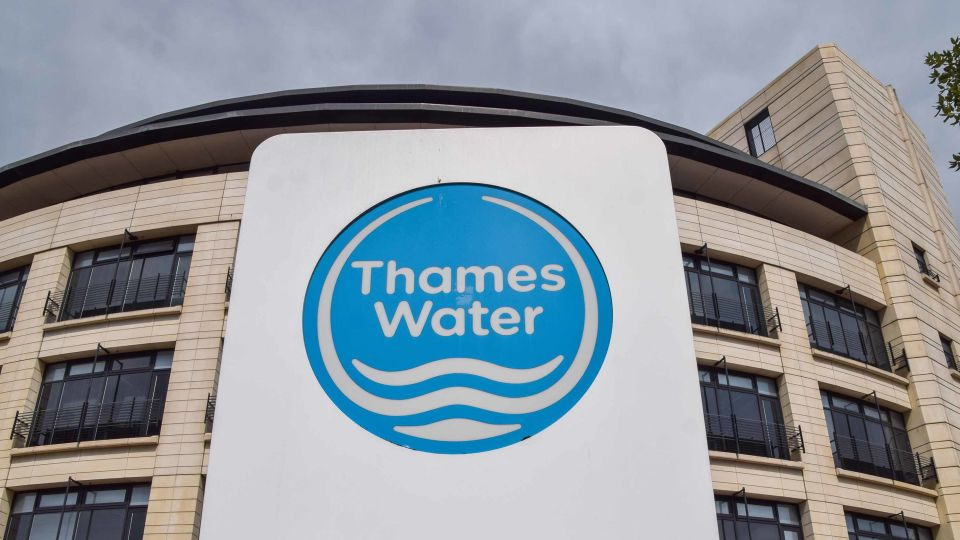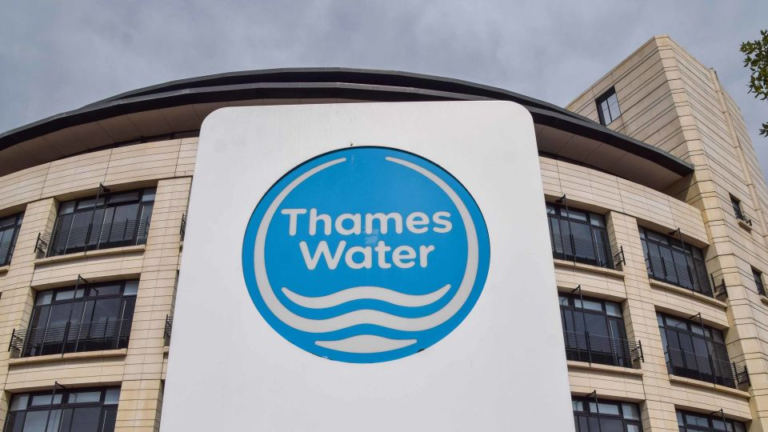The Role of Thames Water in Everyday Life
Water is one of the most essential resources for human life, and Thames Water plays a crucial role in delivering clean, safe water to millions of people across London and the South East of England. As the largest water and wastewater services provider in the UK, Thames Water supplies drinking water to homes and businesses while also managing the region’s sewage and drainage systems. With a history dating back over 400 years, this company has evolved to become a key part of daily life for millions.
Thames Water operates an extensive network of reservoirs, treatment plants, and pipelines that ensure a steady supply of water. Beyond just providing drinking water, the company is responsible for maintaining the sewer systems, preventing flooding, and ensuring that wastewater is treated safely before being returned to the environment. As population growth and climate change create new challenges, Thames Water must continually innovate and improve its infrastructure to meet the rising demand for water services.
A Brief History of Thames Water
Thames Water’s origins can be traced back to the early water companies of London in the 17th and 18th centuries. Before modern water systems, people relied on wells, rivers, and public pumps for their water supply. However, as the city grew, the demand for clean and reliable water increased, leading to the creation of several private water companies. Over time, these companies merged and became part of the public water supply system, eventually forming Thames Water in 1973 following the nationalization of the UK’s water industry.
In 1989, the UK government privatized the water industry, and Thames Water became a privately owned company. Since then, it has undergone various ownership changes, but its core mission remains the same—providing safe drinking water and managing wastewater treatment across its service areas. Today, Thames Water serves around 15 million customers and continues to invest in modern infrastructure to support future water needs.
How Thames Water Supplies Drinking Water
Thames Water operates a complex system to extract, treat, and distribute water across London and the surrounding areas. The primary source of drinking water comes from the River Thames and groundwater reservoirs. To ensure water is safe for consumption, it undergoes a multi-stage treatment process that removes impurities, bacteria, and harmful chemicals.
Water treatment begins with abstraction, where water is taken from natural sources such as rivers and reservoirs. It then goes through various purification stages, including sedimentation, filtration, and disinfection using chlorine or ultraviolet light. Once the water meets safety standards, it is pumped through an extensive network of pipes to homes, schools, hospitals, and businesses.
One of the biggest challenges Thames Water faces is maintaining and upgrading the aging water infrastructure. With a pipe network stretching over 20,000 miles, regular maintenance is necessary to prevent leaks and bursts. The company has invested heavily in leak detection technology and pipe replacements to minimize water loss and improve efficiency.

Managing Wastewater and Sewage Treatment
In addition to providing clean drinking water, Thames Water is responsible for wastewater management, ensuring that sewage is treated safely before being released back into the environment. The company operates hundreds of sewage treatment plants that process millions of liters of wastewater every day.
The wastewater treatment process begins with removing solid waste and debris through screening. The water then goes through biological treatments that break down organic matter using bacteria. Finally, the treated water is disinfected and released into rivers or the sea, while solid waste is converted into bioenergy or fertilizers.
London’s sewage system is one of the oldest in the world, dating back to the 19th century when Sir Joseph Bazalgette designed the city’s underground sewer network. However, with population growth and increased wastewater production, Thames Water has faced mounting pressure to upgrade its sewage treatment capacity. The company has invested in large-scale projects like the Thames Tideway Tunnel, a massive underground sewer designed to prevent sewage overflow into the River Thames during heavy rainfall.
Challenges and Environmental Concerns
The Invisible Thames Water faces several challenges, including aging infrastructure, water shortages, and environmental concerns. Climate change has led to unpredictable weather patterns, with hotter summers causing droughts and increased demand for water. To combat this, the company has focused on water conservation initiatives, encouraging customers to use water efficiently and fixing leaks in its distribution network.
Pollution is another major concern, as untreated sewage can enter rivers and harm aquatic life. The company has been criticized for sewage spills, and regulators have fined Thames Water for failing to meet environmental standards. In response, Thames Water has pledged to invest billions in modernizing treatment plants, reducing pollution, and improving water quality.
One of the most pressing issues is the rising cost of maintaining and upgrading infrastructure. As pipes age and treatment plants require modernization, Thames Water must balance the need for investment with keeping customer bills affordable. The company works closely with regulators like Ofwat to set fair pricing structures while ensuring essential upgrades continue.
Future Innovations and Sustainability Efforts
To tackle the challenges of water supply and wastewater management, Thames Water has embraced innovation and sustainability. The company is exploring advanced water recycling techniques, such as using treated wastewater for non-drinking purposes, to reduce demand on freshwater sources. Desalination plants, which convert seawater into drinking water, have also been considered as a long-term solution.
Renewable energy is another area where Thames Water is making progress. Many of its wastewater treatment plants generate electricity from biogas produced during sewage treatment. This helps lower carbon emissions and reduces reliance on traditional energy sources.
The company is also investing in smart technology, including AI-powered leak detection systems and digital metering to monitor water usage in real time. These advancements aim to improve efficiency, reduce waste, and ensure a sustainable water supply for future generations.
Customer Services and Thames Water’s Role in the Community
Thames Water serves millions of households and businesses, making customer service a key priority. The company provides various support programs, including financial assistance for low-income households struggling to pay their water bills. Customers can also access online tools to monitor their usage, report leaks, and receive updates on water supply issues.
In addition to customer service, Thames Water plays an active role in community projects and environmental education. The company collaborates with schools, businesses, and local authorities to promote water conservation and sustainability. Through partnerships with charities and environmental groups, Thames Water works to protect rivers, improve biodiversity, and raise awareness about responsible water usage.
Frequently Asked Questions
How can I report a leak to Water?
Customers can report leaks through the Water website or by calling their emergency helpline. The company prioritizes major leaks that affect water supply and public safety, while smaller leaks are scheduled for repair as part of routine maintenance.
Why does Thames Water sometimes release sewage into rivers?
During heavy rainfall, London’s sewer system can become overwhelmed, leading to sewage overflows. While this is not ideal, it prevents flooding in homes and streets. The Thames Tideway Tunnel is being built to reduce these overflows and protect the River Thames from pollution.
How can I reduce my water bill with Water?
Customers can lower their bills by using water-efficient appliances, fixing leaks in their homes, and applying for a free water meter. Thames Water also offers discounts and support schemes for those who qualify.
What should I do if I have no water supply?
If your water supply is interrupted, check Thames Water’s website for service updates. You can also call their helpline to report the issue and get an estimated restoration time. In cases of widespread outages, Water provides bottled water stations for affected customers.
To read more, Click Here
